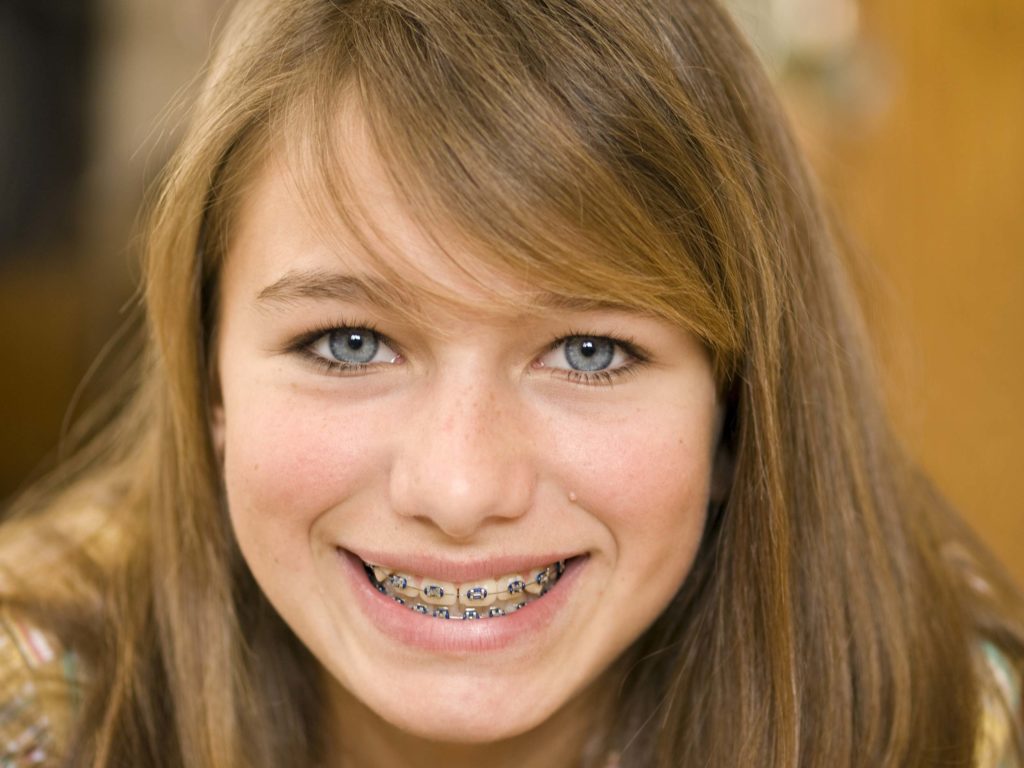Some Of All Star Family Orthodontics
Some Of All Star Family Orthodontics
Blog Article
Not known Details About All Star Family Orthodontics
Table of ContentsFacts About All Star Family Orthodontics UncoveredAll Star Family Orthodontics Fundamentals ExplainedAll Star Family Orthodontics Can Be Fun For EveryoneThe smart Trick of All Star Family Orthodontics That Nobody is DiscussingThe Greatest Guide To All Star Family Orthodontics

At Advanced Orthodontics, we provide individuals with a all natural therapy experience. Furthermore, we provide adjustable therapy timetables, flexible settlement choices and a fun, pleasurable experience - invisalign. Phone call ( 480) 357-4900 today to find out more and routine a consultation.
An orthodontist is a dentist educated to identify, protect against, and deal with teeth and jaw irregularities. Orthodontists function with individuals of all ages, from kids to grownups.
Malocclusion, or misaligned teeth, can result in dental issues, consisting of dental cavity, gum illness, and difficult or agonizing chewing. Not everyone is born with straight teeth. If you have a poor bite or huge rooms between your teeth, you might wish to seek advice from a dental expert focusing on orthodontic treatment.
Not known Facts About All Star Family Orthodontics
(Picture Debt: DigitalVision/Getty Images) Orthodontists make use of fixed and removable oral devices, like dental braces, retainers, and bands, to change the placement of teeth in your mouth. Orthodontic therapy is for dental problems, including: Jagged teethBite issues, like an overbite or an underbiteCrowded teeth or teeth that are too much apartJaw misalignmentThe objective of orthodontic therapy is to improve your bite.
While you might believe of orthodontists as mainly for children or teenagers who need braces, they can deal with oral issues at any kind of age. Orthodontists participate in university, oral institution, and orthodontic institution.
, but not all dentists are orthodontists. They concentrate on 2 areas: Just how to appropriately and safely relocate teeth How to correctly assist growth in the teeth, jaw, and faceOnce an orthodontist has finished training, they have the option to end up being board licensed.
The Best Guide To All Star Family Orthodontics
Misalignment, or malocclusion, is one of the most typical reason people see an orthodontist. It is genetic and is the outcome of size distinctions in between the top and reduced jaw or in between the jaw and teeth. Malocclusion leads to tooth congestion, a misshapen jaw, or uneven bite patterns. Malocclusion is normally treated with: Your orthodontist affixes steel, ceramic, or plastic square bonds to your teeth.
If you have only minor malocclusion, you might be able to use clear braces, called aligners, as opposed to typical dental braces. Some people need a headgear to help relocate teeth right into line with stress from outside the mouth. After braces or aligners, you'll need to wear a retainer. A retainer is a personalized device that keeps your teeth in position.

You may need visit here to see an orthodontist if you have: Crowding or otherwise enough space for every one of your teethOverbite, when your upper teeth come by your base teethUnderbite, when your base teeth are too much forwardSpacing or concerns with gapsCrossbite, which is when your upper teeth fit behind your bottom teeth when your mouth is closedOpen bite or an upright gap in between your front base and top teethMisplaced midline, when the center of your bottom and upper teeth don't align Fixing a dental malocclusion can: Make biting, eating, and speaking easierImprove the symmetry of our face and your general appearanceEase discomfort from temporomandibular joint conditionsSeparate your teeth and make them easier to cleanse, aiding protect against dental cavity or cavities It's usually a dental expert that initially notices misaligned teeth throughout a routine examination.
The Basic Principles Of All Star Family Orthodontics
Throughout your initial orthodontic assessment, you'll likely have: A dental examPhotos taken of your face and smileDental X-raysPanoramic (360 degree) X-rays of your face and headImpressions to produce molds of your teethThese tests will assist your orthodontist recognize how to proceed with your therapy. An orthodontist is a dentist that's had training to treat your teeth and jaw.
Orthodontists are dental experts however not all dental professionals are orthodontists. Orthodontists are focused on your bite, or the way your teeth fit together, and the straightness of your teeth.

This first consultation entails a visual assessment of your teeth and bite, X-rays, and possibly also 3D scans. By thoroughly assessing these components, the orthodontist can determine any type of misalignments, crowding, spacing problems, or jaw discrepancies. As soon as a clear photo is established, the orthodontist will talk about individualized therapy choices. This conversation will cover the kind of braces or aligners suggested (conventional steel dental braces, clear aligners like Invisalign, and so on), the estimated treatment period, and any type of possible difficulties or adverse effects.
Fascination About All Star Family Orthodontics
, orthodontists have a diverse toolkit at their disposal. These tried-and-true dental braces make use of a system of brackets adhered to the teeth and connected by cords.
These detachable trays are custom-made to gradually change the teeth's placement. In cases of narrow jaws, palatal expanders can be made use of to create room for correct tooth positioning.
Report this page